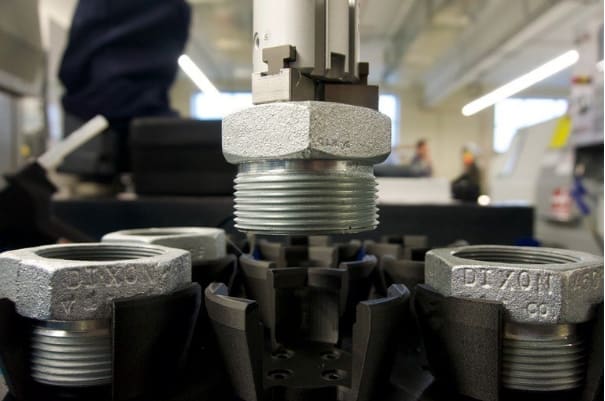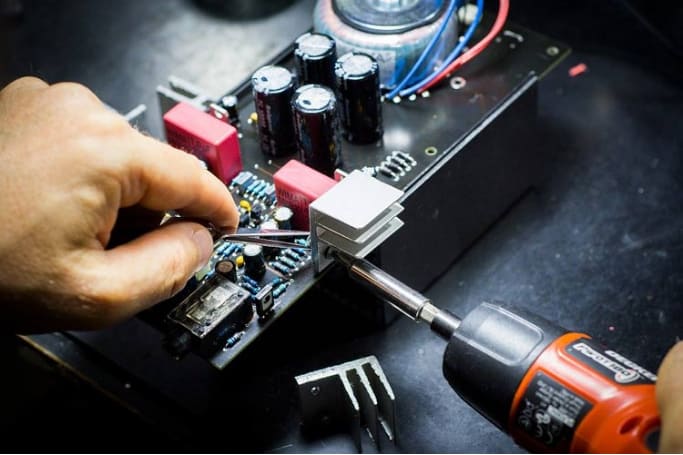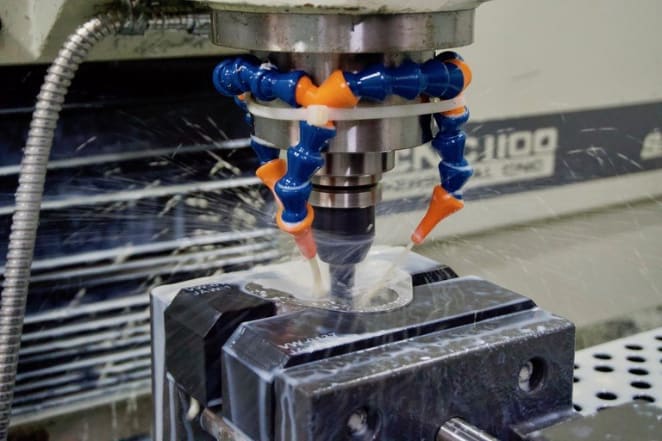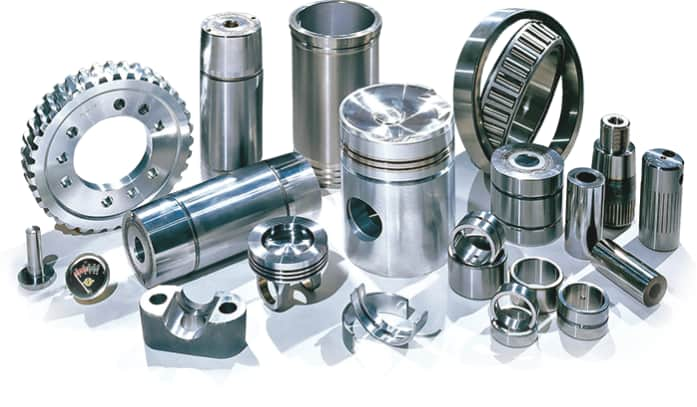One of the problems in product manufacturing is the problem of translating what consumers need into final product designs. Manufacturing companies agree that there must be an evolution in the production process, which led to what we call the design for assembly. The design for assembly is crucial as it ensures that manufacturers stay relevant and they can meet their customers’ never-ending demands.

Product development processes have seen massive modifications over the years. This is because the design for the manufacturing and assembly process aids quick production of products majorly at a reduced cost. In this article, we would take a closer look at the design for assembly, DFA guidelines, and its importance to production processes. Let’s get right on it.
What Is Design for Assembly?

DFA Design for assembly is a product design process that seeks to simplify a product design by reducing its number of parts. Therefore, it minimizes cost and increases the ease of assembly.
DFA, as a cost-effective tool, aids product design teams as it allows improvements in product design before actual production. Therefore, they can focus more on the product’s functionality and ease of assembly. Lesser assembly parts in a product mean that the product is easier to assemble, lesser time is required and it leads to a minimized assembly cost.
The primary goal of DFA is to minimize cost and reduce product assembly parts. However, its application to product design has seen improvements in the quality and durability of products and a reduction in parts inventory and production equipment.
Importance of Design for Assembly
- It Reduces Production Time
DFA provides design optimization, eliminating multiple design revisions and changes. Therefore, it eliminates delays in production, allowing the manufacturing of new products quickly.
- Cost Reduction
DFA guarantees better product designs at a reduced cost. This is because it employs lesser parts in product design.
- It Reduces Wastage of Material
DFA eliminates the need for repeated trials during production. Therefore, it reduces the waste of production materials.
- It Has a Higher Chance of Manufacturing Reliable Products
DFA guarantees more reliable products by reducing the number of assembly parts, thereby reducing the possibility of failure.
- Disassembly
While the design of assembly aims to ease the assembly process, it also reduces the disassembly process. This is essential as it guarantees the maintenance and repair of products.
- Automation
Design of assembly provides automation in production processes as the assembly parts are aligned by machines or robots. This self-aligning feature ensures that production is quick and easy.
Applications of DFA Design for Assembly

Design for manufacturing and assembly applications is in various sectors that deal with consumer product design. This is also more intense in sectors with a high demand for goods that still wants to maintain a high quality and efficiency.
In many companies, design for manufacturing and assembly is an important requirement. For instance, some companies want to reduce the cost of production while others want to produce more quantities without having to employ more labor. The aim of some other companies might also be to simplify their product and improve its reliability. Whatever the varying demands of these companies are, design for assembly is applicable in their production processes and it guarantees their desired results.
Differences Between DFA and DFM
It is essential to examine a product and seek ways to improve its design and function. This improvement is often via two processes:
- Design for Assembly (DFA)
- Design for Manufacturing (DFM)
Both processes share a similar function of improving a product’s design and functionality. However, they possess certain variations.
What are DFM and DFA Functions?
Design for assembly, DFA, simplifies the product’s structure by reducing the components and minimizing the number of assembly operations required. However, Design for Manufacturing simplifies the manufacturing process’s complexity by reducing the cost of production and choosing the most cost-effective materials.
They Differ in Their Operation
Both design processes aim to make product designs easy to manufacture and shorten production cycle time. Nevertheless, they differ in operation.
DFA focuses on reducing the components and parts required to create a product. However, DFM focuses on choosing cost-effective parts and features at the early stage of product designs for manufacturing operations.
Design for assembly and Design for Manufacturing are both employed simultaneously in manufacturing processes. This is referred to as design for manufacturing and assembly (DFMA).
DFA Guidelines

There are many DFA guidelines with respect to design for assembly and its application to production processes. However, we have highlighted a few important ones below:
- Minimize Part Count
Look for ways to integrate parts. Rather than have them as individual parts, make them whole with each component’s function.
- Build-in Fasteners
While screws may be necessary in some cases, they require more time, tools, and effort to assemble. However, consider using integrated fasteners such as tabs and snap fits that do not require tools and make assembling easier.
- Use Uniform Parts
Have you been faced with the problem of reassembling a product because you tried to fit the wrong screw in a hole? If you have, avoid this by ensuring uniformity across all parts of the product. Therefore, you can ensure the production team can employ the same tool to assemble products.
- Use Modular Designs
Break down the parts of your product into standardized smaller units containing pre-assembled components integrated into various products. Therefore, you have the assurance that allows for easy assembling and means engineers can easily use parts in repairs.
- Make Parts Unique and Identifiable
Every part must fit into its designed position, even if it means adding new features to distinguish parts from another. The right part should not fit into the wrong port in the design.
- Make It Simple
Not only does a simple design rid the manufacturing team of confusion, but it also requires lesser parts. therefore, it reduces production costs. As much as possible, avoid a complex design when a simple design can perform the same function efficiently.
What Are the Best Tips for Effective Design for Assembly?
Below are a few tips you can add to the guideline which can help you during the design process.
- Introduce the Design of Assembly at the Beginning
This is necessary to visualize and translate customers’ needs to effective product design for manufacturing processes.
- Consider the Product’s Nature Before Production
This is to ascertain the assembly requirements and determine the need for maintenance or repair.
- Make Prediction of Problems That Can Arise
When designing a product, you must make predictions of problems that may arise due to careless assembly, repair a part, and come up with solutions to solve.
- Create Prototypes
Create prototypes to test assembly processes for faults and make corrections where needed.
- Make the Assembly Process in Modular Designs
This should be done such that every part is assembled differently from the main product. It can be vital when servicing or maintenance arises, as engineers can easily disassemble faulty modules for repair without taking down the whole creation.
Conclusion
Design of assembly offers a range of benefits. However, its main importance is due to its integration into product design and production. This article talked about the design for assembly, DFA guidelines, and its importance to product manufacturing. While it will provide you with the necessary knowledge about DFA and design for manufacturing and assembly, it is crucial to hire a manufacturer that understands its value. For the best methods, we at RapidDirect can guarantee speed, ease of design process, and lower cost in your product manufacturing. You can upload a CAD file and get an instant quote. However, if you have a problem, you can consult with our support team for manufacturing advice.
FAQs
Production processes account for a large percentage of the cost of manufacturing a product, and most times, these processes can be complicated and time-consuming. However, design for assembly ensures proper planning by providing a straightforward design process at the beginning that simplifies the product, reduces cost, and guarantees faster assembling of products.
Simplifying the assembly steps of a production process eliminates confusion during assembly. It also means you can get one part to perform various functions as it is a fusion of other components.


